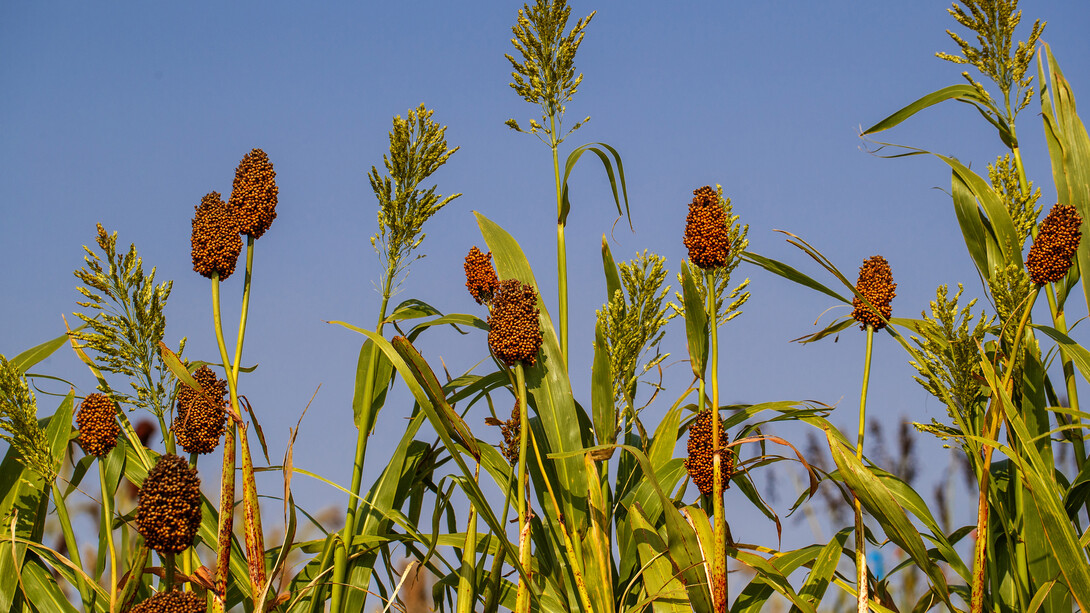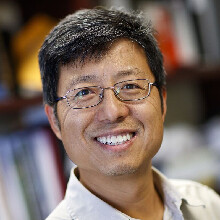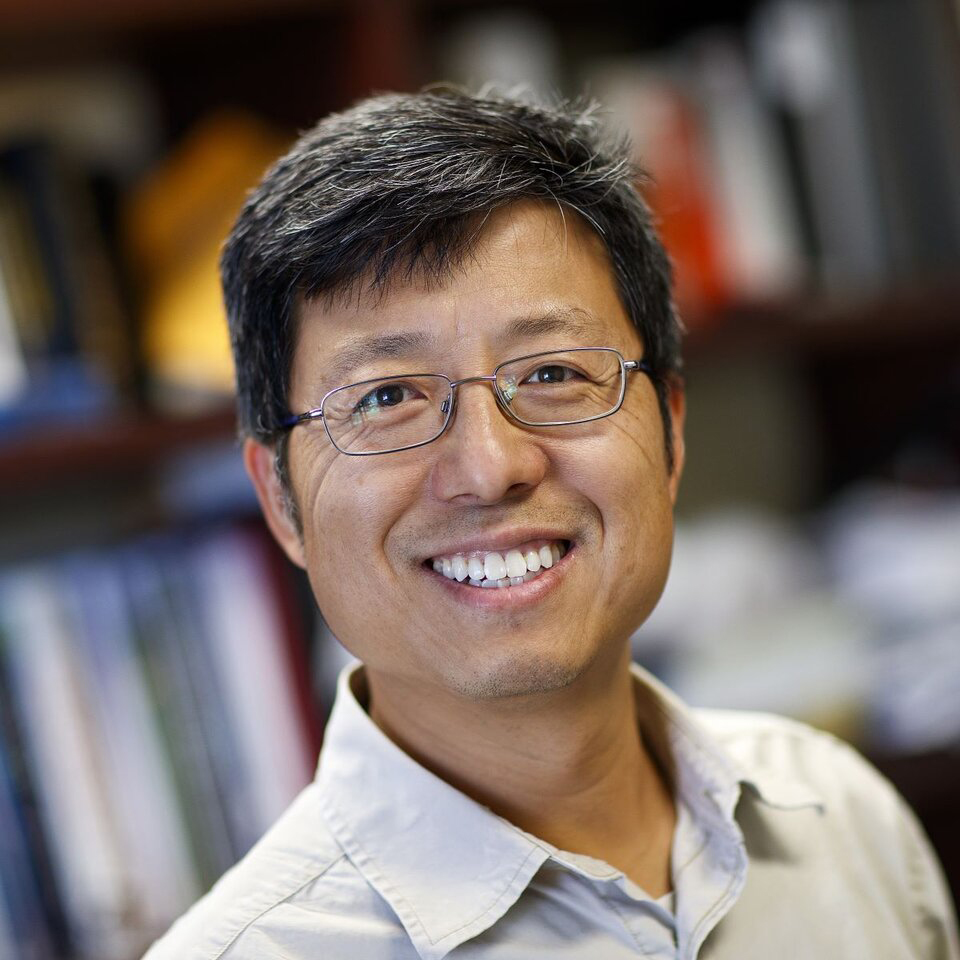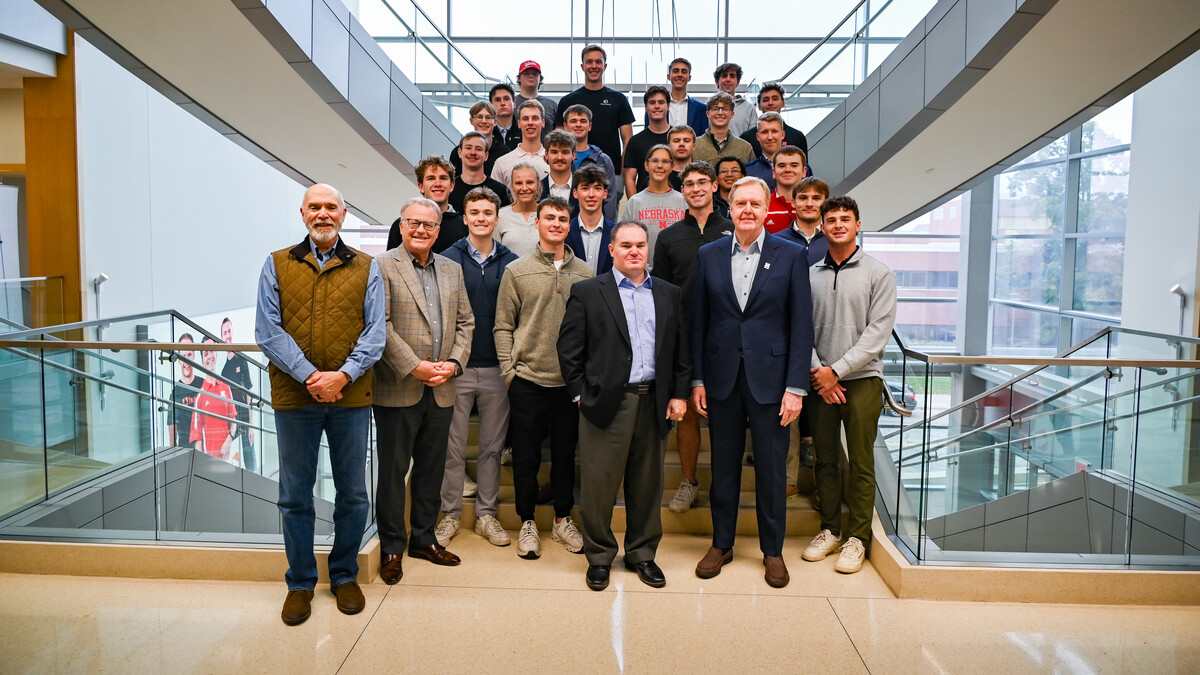
With a three-year, $1.6 million grant from the U.S. Department of Energy, the University of Nebraska–Lincoln’s Chi Zhang, Edgar Cahoon and Bin Yu will focus on the genome-wide identification of small gene fragments called microexons to advance knowledge on gene functions and regulation for oil accumulation and stress response in sorghum.

Sorghum is the fifth most important cereal grain globally, valued for its nutritional benefits and used as food, feed stock and for biofuels. In the United States, it is the third-largest cereal grain produced and is often grown in dryland areas because of its drought resistance. The Department of Energy’s focus on sorghum is as a biomass energy feedstock.
Microexons are miniscule coding elements in a gene, containing from one to 15 nucleotides, the basic building blocks in DNA; the regular exons can contain dozens or hundreds. Because they are so small and difficult to detect, microexons had been largely overlooked in plant genome research. That has consequences, because altering or omitting even one nucleotide in a gene can change an entire protein sequence, which can affect phenotypic expression.

Zhang and his colleagues began studying microexons five years ago and published their first paper on the subject in Nature Communications in 2022, which provided an extensive overview of microexons in plants. Their prior work also resulted in a publicly available database of microexons in plants.
The proposed work builds directly on their accomplishments in genomics and transcriptome analysis. Having established foundational methodologies and analytical frameworks for identifying and characterizing microexons in plants, they will extend the research, integrate new experimental data and apply advanced computational models to discover regulatory mechanisms in sorghum.
“The insights and tools developed in our earlier work provide the technical infrastructure and biological context necessary for the success of this new phase,” Zhang said.

Zhang and Cahoon, professor of biochemistry, and Yu, professor in the School of Biological Sciences, collaborate as members of the Center for Plant Science Innovation. The project integrates their expertise in multiple disciplines, including bioinformatics, genetics, biochemistry, plant biology and RNA biology. Zhang, who will lead the project, is an expert in genomics, transcriptome data analysis and bioinformatics and will coordinate the integration of the computational and experimental approaches.
Cahoon, director of the Center for Plant Science Innovation and an expert in plant lipid metabolism and sorghum biochemistry, contributes extensive experience in large-scale data generation and functional validation. Building on previous collaborations on a gene in sorghum, he will focus on experimental analysis of sorghum phenotypes related to the discovered microexons. Yu, who specializes in RNA biology and epigenetics, will work on method development and bring complementary strengths in RNA metabolism and experimental validation.
“This coordinated effort will ensure computational rigor and biological relevance throughout the study,” Zhang said.
The resulting knowledge and resources will enable breeding and engineering of crops that are better equipped to thrive in variable climates, strengthening sustainable bioenergy production and agricultural productivity.










